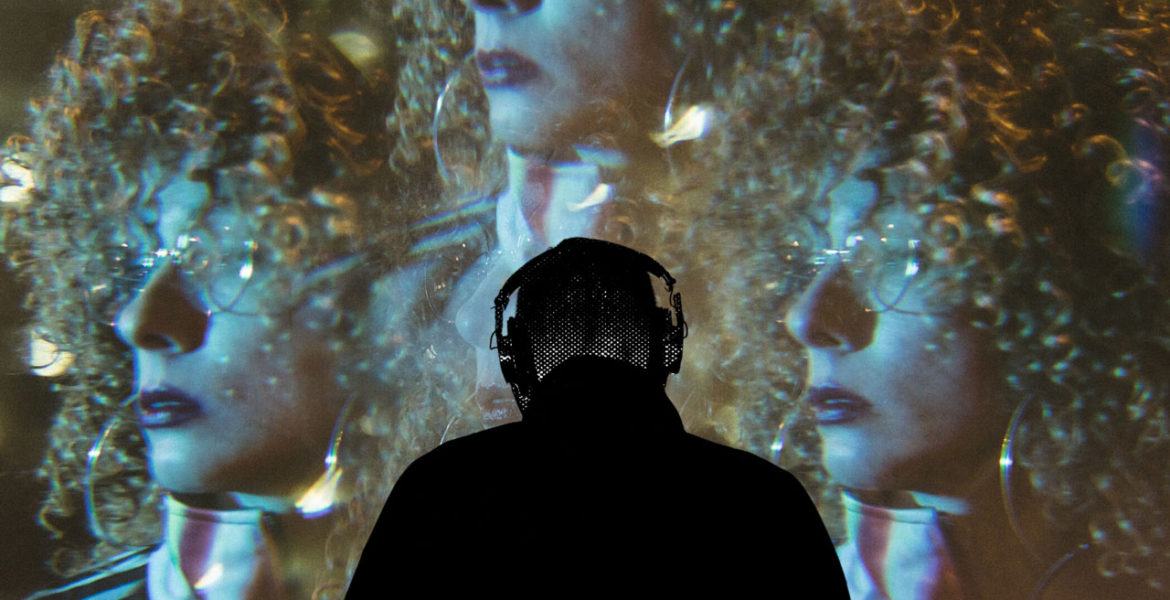Article Takeaways:
- TikTok stands out by demanding exclusivity, engaging 3 of 5 senses, and emphasizing audio.
- In a world of digitally divided attention, there’s a lot to be learned from the platform.
While established artists like Justin Bieber struggle to get their made-to-be-memed songs to go viral, new artists are experiencing an awareness boost thanks to Gen Z content creators using their songs on rising social media app TikTok. Over the past year, the platform has proved itself as a bonafide hit-making machine helping to launch the careers of artists like Lil Nas X (“Old Town Road”), Arizona Zervas (“Roxanne”), and Sueco the Child (“Fast”).
What is TIKTOK?
Formerly known as Musical.ly before its acquisition by Chinese-owned tech company ByteDance in 2017, the Gen Z favorite app has been downloaded over 1.5 billion times globally. Emphasizing short-form video content and boasting an impressive algorithm TikTok is a pop-culture phenomenon in the United States. Seemingly everyone under the age of 23 is on the app giving way to a host of new memes, references, songs, and dances leaving the rest of the population—even once hipster millennials—googling things like “how to renegade” and “who is Lil Huddy?”
Standing Out in a Crowd
TikTok is most often compared to Instagram & Snapchat but its sensibility is actually most similar to Twitter in that it allows for virality divorced from personal page popularity. Yes, you have your TikTok stars like 15-year-old dancing queen Charli D’Amelio, but anyone can get on the “for you page”—TikTok’s answer to Snapchat’s Discover and Instagram Explore—and watch as hundreds of thousands of likes, views, and comments roll in to validate them and their unique creative spin on what’s trending.
In keeping with the theme of creativity, one of the biggest differentiators contributing to TikTok’s success is its innovative use of audio. Sound-off scrolling is the default mode for users on Twitter, Instagram, Snapchat, and the like, but TikTok has flipped the script. On TikTok, audio is central to the experience giving the app a leg up on its competitors by monopolizing an additional access point to users’ attention.
“Sound on” Always
As opposed to video platforms where it’s possible for audiences to passively watch thanks to longer-form content (YouTube) and auto-play (Instagram Stories), the optimal TikTok experience requires a commitment to complete and total engagement. On TikTok, videos replay the moment they’re finished in an endless loop, meaning users must swipe to the next one with a frequency of anywhere between 3 and 60 seconds. Furthermore, unlike the memes associated with Instagram and Twitter, the punchline isn’t in the visuals, it’s in the sounds to which TikTok gives its user unparalleled access.
TikTok isn’t just deferential to audio: it is quite literally the platform’s organizing principle. Memes and challenges are grouped by soundbite via a record icon spinning in the bottom right-hand corner. Tapping this allows users to see who created the original sound—or at least who uploaded it to TikTok— their original video and gives them the ability to use the sound immediately to create their own video clip. No downloading, audio stripping, or 3rd party apps required.
Fostering Digital Presence
TikTok’s success in capturing users’ complete attention represents a greater cultural shift. Rather than doing several things at once—texting, listening to a podcast, scrolling through Instagram—it invites users to be completely captivated for a few seconds at a time. In our digital-first, content-heavy culture always-on consumers find themselves in the unique situation of craving constant stimulation while also feeling overwhelmed from the never-ending onslaught on sensory input. Perhaps TikTok’s greatest contribution to culture is the chance to be engrossed in the present moment, albeit digitally.

